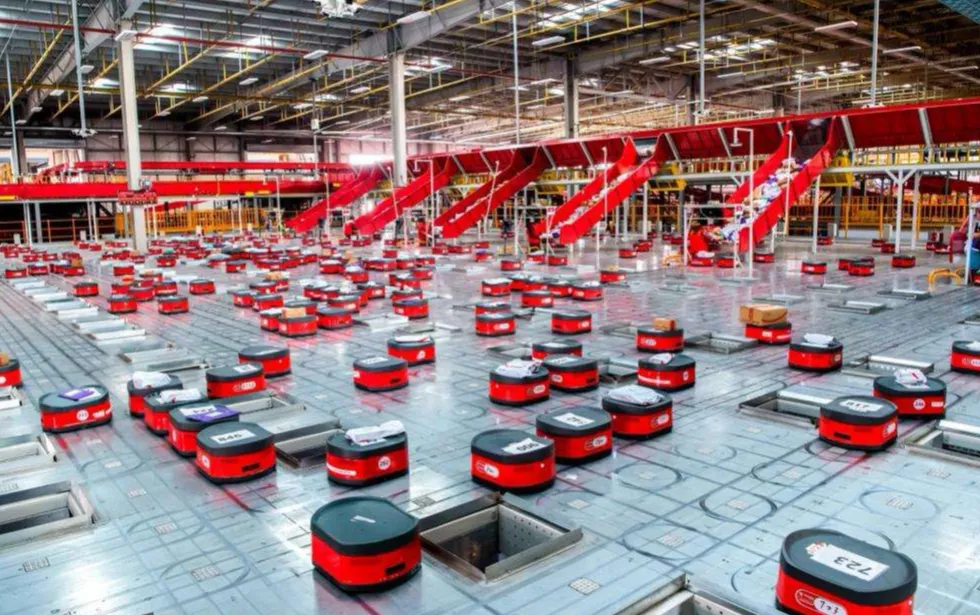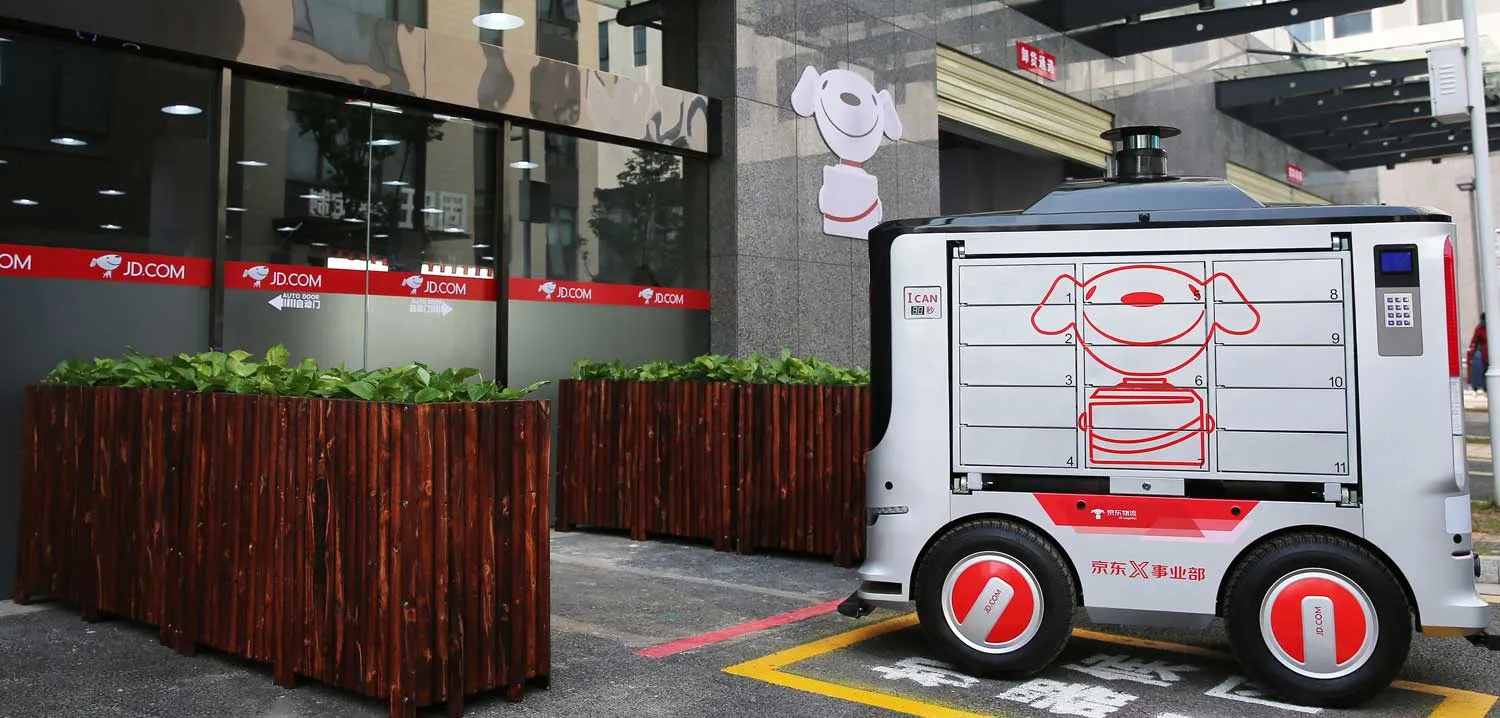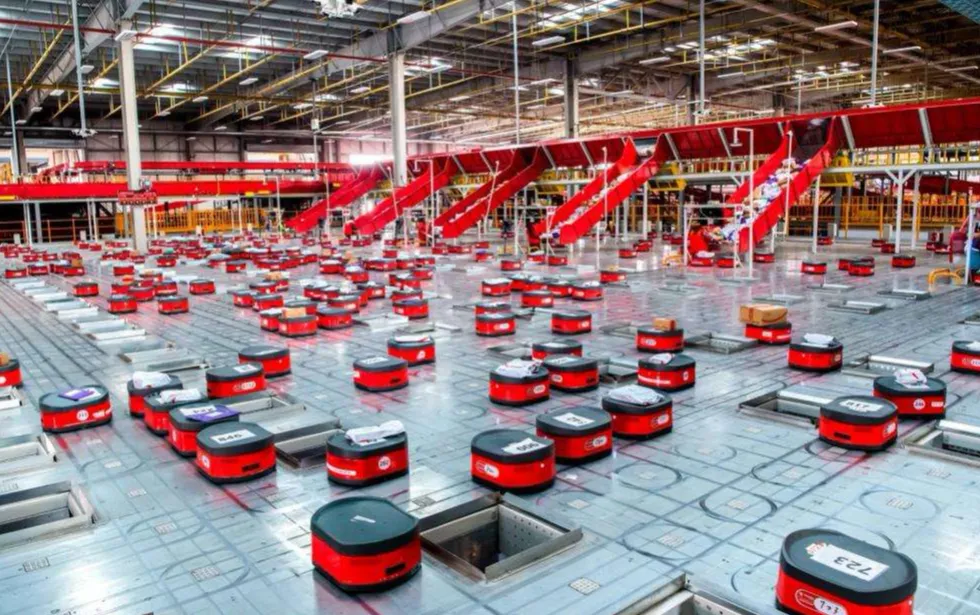How digital innovations enabled supply chains to remain operational during the COVID-19 outbreak
Blog: Capgemini CTO Blog
Unprecedented demand surges and massive supply disruption have characterized global supply chains since the outbreak of COVID-19. For example, during China Spring Festival (Jan 24th– Feb 2nd), there was a surge in online fresh food orders, with a 215% increase, of which meat orders saw an increase of 10x or more. And it wasn’t just grocery supply chains that were feeling the strain. The demand for medical resources understandably escalated, adding huge pressures on supply chain capabilities.
Despite these pressures, the supply networks in China managed to keep on delivering under lockdown. How did they achieve this and, as other global supply chain centers seek to rebound after the pandemic, what does this tell us about the use of digital innovations across the end-to-end supply chain process?
In this article, we look at how four areas of digital innovations kept the supply chain up and running:
- Intelligent demand planning
- Collective sourcing platform
- Automated warehouse management
- Driverless last mile delivery
Intelligent demand planning
When the outbreak of COVID-19 shifted customers’ shopping behaviors to online channels, advanced, high precision demand forecasting helped some companies in China meet the huge demand surge. For example, leading e-commerce company JD used its systems to perform best-in-class demand forecasting under crisis leveraging inputs such as historical demand, previous emergencies’ demand patterns (e.g. SARS), search index from social media and data on the spread of the pandemic.
Additionally, at the beginning of the outbreak (mid Jan), JD’s predictive model revealed potential supply risks, allowing the company to take preemptive measures. It stocked up on resources, such as medical supplies and daily necessities, including fresh food and consumer goods, by notifying manufacturers in the supply chain and moving products to its intermediate warehouses, which were much closer to consumers than regional/ central distribution centers.
Further, in order to tap into governmental resource requirements, JD developed an Emergency Resources Information Platform to collect real-time information on emergent resourcing needs from hospitals and communities. Leveraging AI and cloud technologies, this platform has acted as a centralized data system to manage and categorize needs intelligently for the whole of society. Adopted widely in the country, this centralized platform supported the demand of more than 660 million pieces of product, collected and coordinated from 640 local governments and 560 healthcare organizations over a two-week period in February. Furthermore, the demand pattern collected was fed as critical parameters into JD’s own forecasting system to enable continuous real-time demand prediction.
Collective sourcing platform
A combination of surging demand for anti-pandemic materials and the closure of most factories due to both the Chinese New Year holiday and lockdown created extreme difficulties for organizations attempting to source the materials they needed to match demand. To solve this problem, the Emergency Resources Information Platform served as a demand forecast tool and a sourcing platform. Cloud computing and data storage capabilities were implemented to centralize the supply information from external suppliers and logistics services. It ensured the front-end handling of complex material information input and back-end connection with different supply chain data. Visualized tracking of the production process for critical SKUs, e.g. clothing, masks, goggles and other medical devices, ensured absolute transparency in the supply chain.
Within the first six days of launching (From Jan 29th to Feb 4th), this system provided access to 3000 online suppliers and national emergency logistics services, with 162 successful matches of pandemic prevention needs from municipal and medical institutions. More than 19 million masks, 19,000 pairs of protective goggles and 12,290 bottles of liquid disinfectant were sourced on this platform.
In another example, one of the largest water bottle suppliers in China used predictive and scenario-based planning tools to navigate the crisis by learning about the traffic restrictions in various places. This enabled it to shift production capacity in response to changing conditions to offset transportation issues.
Automated warehouse management
The massive increase in daily orders during the crisis raised a big challenge for warehouse management. This challenge was further exacerbated by much of the workforce being locked within regions and cross-infection becoming a key concern. It is no wonder that robotic warehouse solutions quickly became the backbone of warehouse operations. Internet of Things (IOT) and AI technologies were deployed for end-to-end warehouse operations, including inbound materials and outbound product for final shipment. This meant that most human intervention could be avoided. For example, in one Shanghai warehouse, 90% of the operation process is now automated. Equipped with nearly 1,000 robots, this warehouse can handle over 200,000 orders per day. Additionally, located at the crisis center, another warehouse in Wuhan processed over 1 million orders daily during COVID-19.
In principle, this high level of capacity and productivity relies on cutting-edge technologies, including connected sensors, image recognition and cloud computing technologies, allowing robots to avoid roadblocks and choose the best path. In one intelligent system it became possible to compute 68 billion available routes for over 300 robots within 0.2 seconds.

Driverless last mile delivery
Automated Guided Vehicles (AGVs) significantly improved the efficiency of last-mile delivery during COVID 19. This unmanned delivery vehicle minimized human contact during the crisis. For example, JD implemented AGV solutions at the epicenter of China’s pandemic in Wuhan, with responsibility for the last-mile delivery to staff from hospitals and people living in quarantine areas. This unmanned approach not only maintained the delivery efficiency, but also greatly ensured safety among residents and people working on the front line. In one of the major hospitals in Wuhan, AGV undertook delivery of 50-70% of orders in a total of over 500 orders daily. Each AGV is embedded with user-friendly features to expedite information logging and order tracking for the delivery person navigating the unmanned last-mile delivery. On delivery, the AGV is also designed with a notification feature to directly contact customers to pick up their parcel.

Investing today for a more resilient tomorrow
Logistics companies worldwide are no strangers to digital innovation across the supply chain. Over the last decade, the leaders have continued to invest heavily in strengthening their digital capabilities, leveraging advances in technologies such as IOT, AI, machine learning, etc. The COVID-19 pandemic has shown the huge value of this in managing uncertainty, with the digital leaders able to accelerate digitalization of their operations to perform at optimum levels. Companies should ensure that they invest in digital technology and innovation today to be more resilient in their recovery and prepare for a brighter tomorrow.
For a detailed analysis of the world’s disrupted supply chains, visit our dedicated webpage on rethinking supply chain networks.
